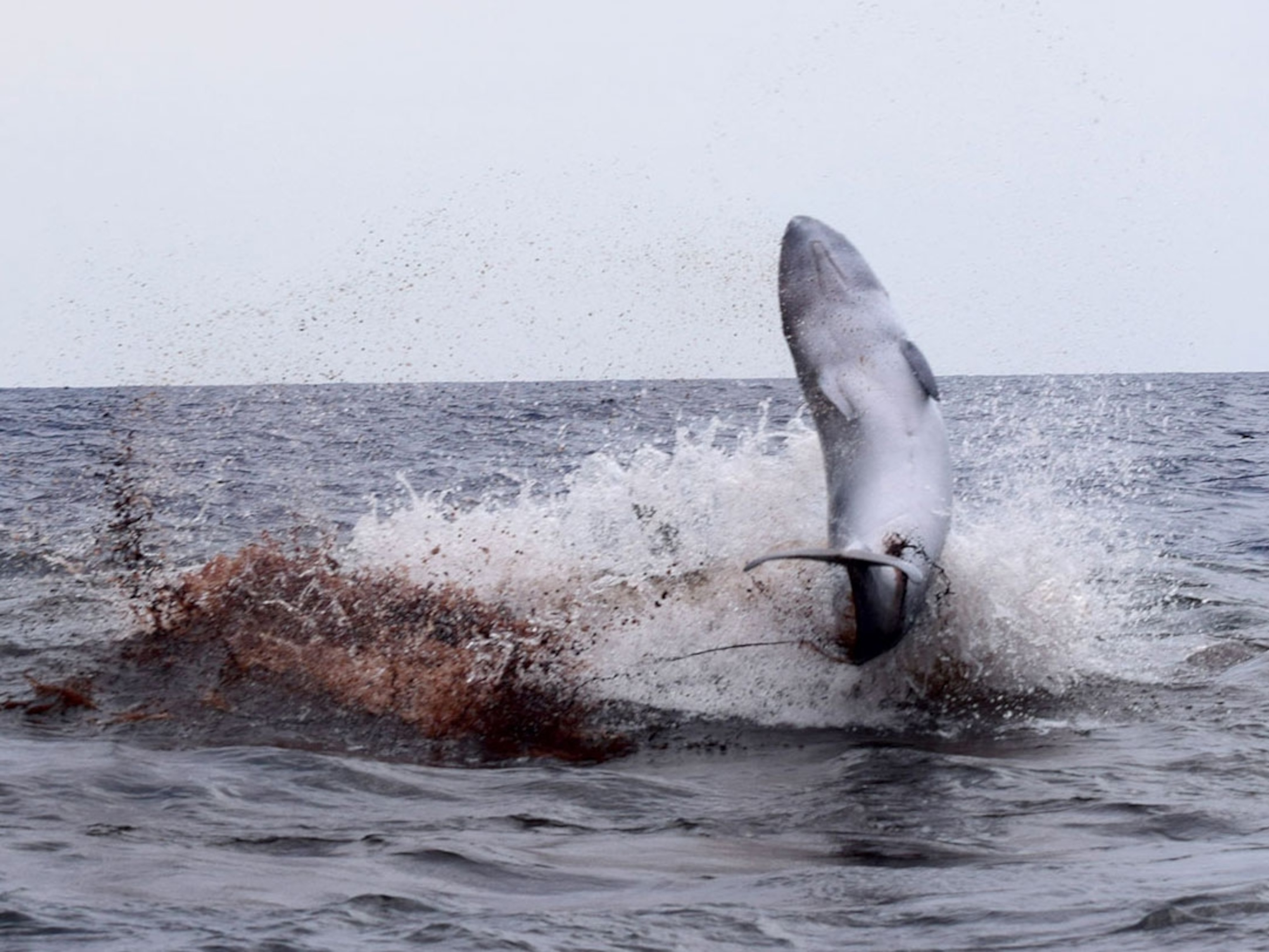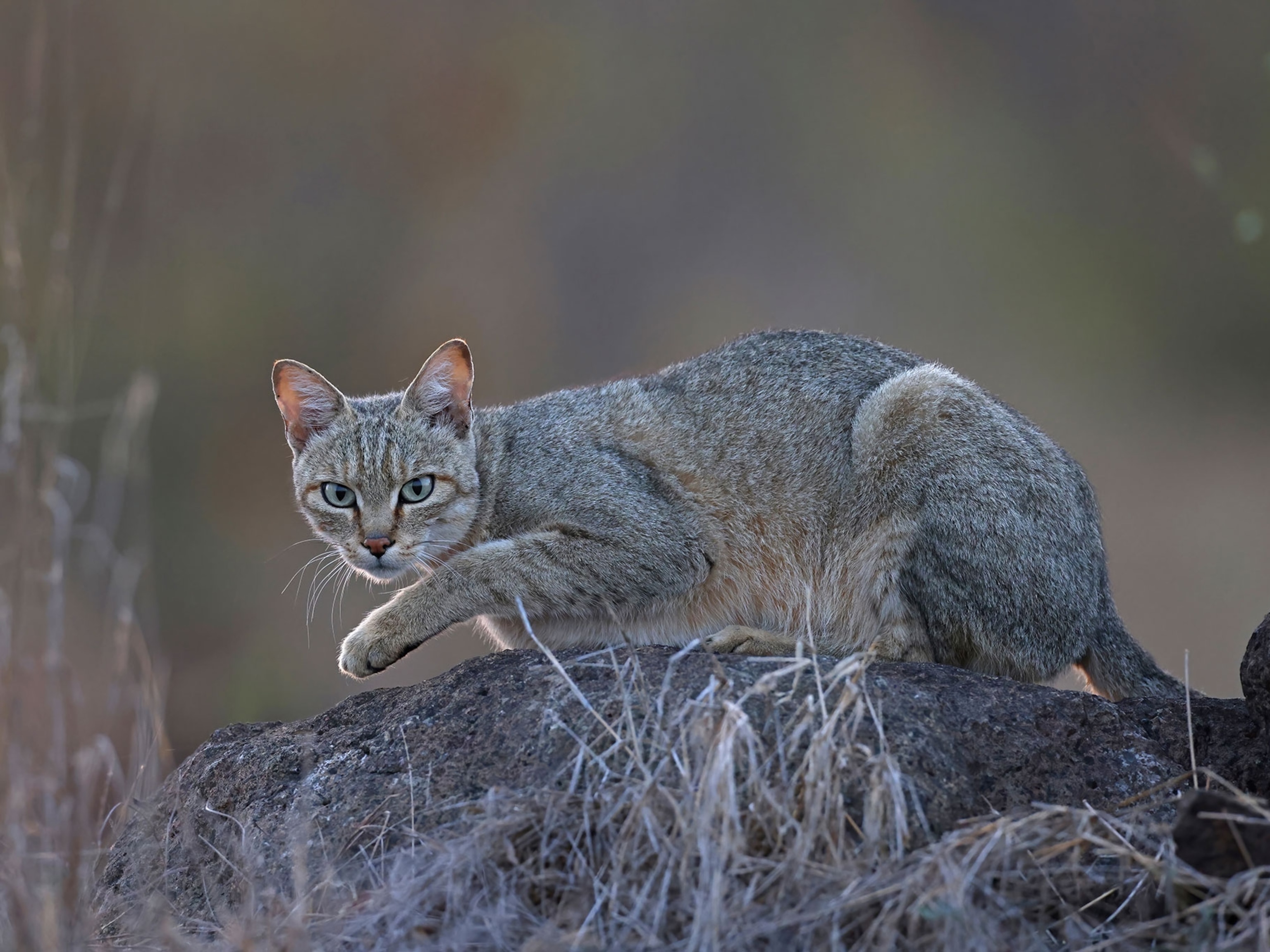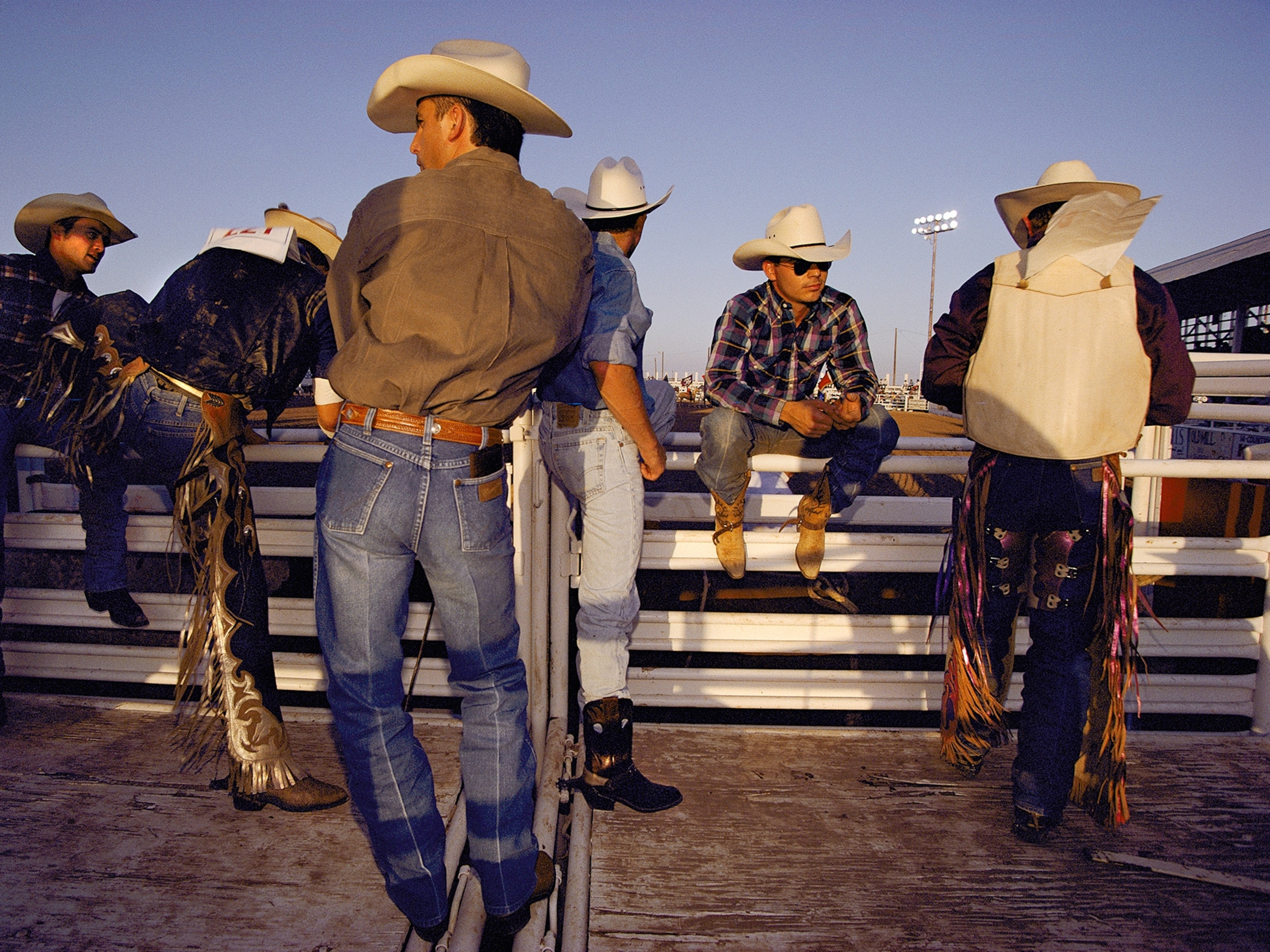
Panda Twins—Oh Boy! Oh Girl? “We’re Not Sure.”
The birth of not one but two pandas has increased the excitement at Washington’s National Zoo. But keeping them both alive will be tricky.
Laurie Thompson, the giant panda biologist at the Smithsonian National Zoo, was sitting at her desk last night when it happened, at 10:07 pm. She had already had a good day: Less than five hours earlier, Mei Xiang, the zoo’s 17-year-old female panda, had given birth to what appeared to be a healthy cub—bringing to a happy end an anxious wait that had begun with an artificial insemination in April. (See “Is Breeding Pandas in Captivity Worth It?”)
Then a noise came from the panda cam on Thompson’s computer—”a similar sound as earlier, a grunting sound,” Thompson said. “I looked at the camera, and out popped a cub.”
Mei Xiang, already a mother of two, has had twins. And that changes what was already an exciting time for the zoo to “a very exciting time, and a very risky time, “ zoo director Dennis Kelly said early Sunday morning, as he and the rest of the tired-but-happy panda team faced a gaggle of reporters not far from the panda house.
The problem is that although twin births seem to be common in pandas—in two large breeding centers in China, they happen around half the time—it’s not easy for a panda mom to raise twins successfully. (Read about the costs of breeding pandas in National Geographic magazine.)
Panda cubs are tiny, hairless, helpless things that are utterly dependent on their mother for food and warmth. The first cub born yesterday—or at least the one zoo officials think was born first; after the second one came out, it became hard to tell on the panda cam which was which—weighed just 86.3 grams, a hair over three ounces. The second one weighed 138 grams, a little under five ounces.

Their sex remains a mystery for now. “I can tell you that we’ve looked closely, and we’re not sure,” said zoo chief veterinarian Don Neiffer.
In the wild, said Copper Aitken-Palmer, chief veterinarian at the Smithsonian Conservation Biology Institute, pandas “seem to have evolved toward putting all their effort into one cub.” If Mei Xiang were in the wild, “she would probably put most of her effort into the one that had the best chance—the largest, strongest cub. At least that’s what we expect.” (Also see "Wild Panda Population Up Dramatically in China, Government Says.")
But Mei Xiang is in the National Zoo. After the birth of the second cub, Thompson said, zoo officials saw that the new mother was struggling unsuccessfully to pick up both her cubs. So her keepers seized an opportunity to take one away from her—it was the heavier one —and put it in an incubator.
Since it was not getting its mother’s colostrum—the early milk, rich in antibodies, that’s crucial in pandas as in humans—the zoo veterinarians nursed it with serum they had taken from Mei Xiang when she was artificially inseminated. Three times in the night they nursed it. “We didn’t get a lot of sleep,” said Neiffer.
The plan is to swap the cubs every few hours between the incubator and Mei Xiang, so that each gets enough time with its mother to be fed by her. If necessary, her milk will be supplemented with a mixture of infant formula, puppy food, and water. The procedure has worked many times in China, zoo officials said. And a pair of panda twins born at the Atlanta zoo in 2013 is thriving too.
Whether the swapping procedure succeeds at the National Zoo will depend a lot on whether Mei Xiang cooperates. “Obviously these are her cubs, and she’s not too keen on us taking one away,” Thompson said.
“It’s definitely new for us,” said Aitken-Palmer. “We’re excited—but nervous.”





